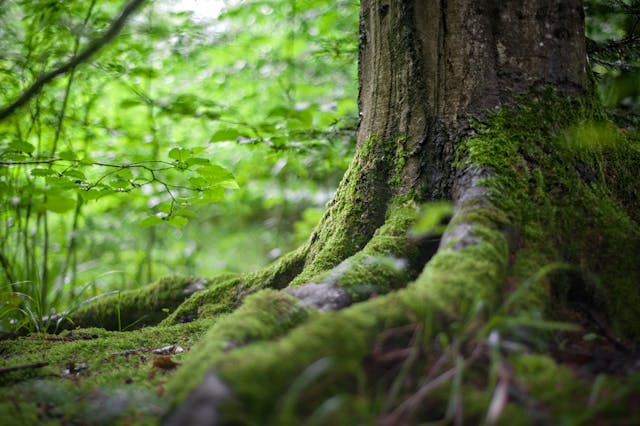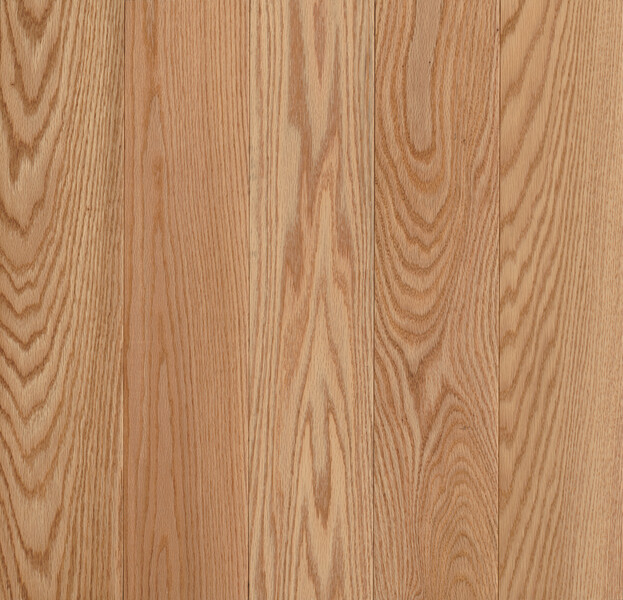Eco-Friendly Wood Flooring – A Smart Choice for a Green Home
When updating your home, every material matters—from the walls you paint to the type of floors you walk on daily. And as more homeowners commit to sustainable living, one question keeps coming up:
Is wood flooring truly eco-friendly?
The answer is yes—when it’s made with care, responsibility, and longevity. In this guide, we’ll explain how to evaluate eco-friendly wood flooring and discuss its comparison to other flooring options.

Why Flooring Is Critical in Green Building
Your floor covers every room, touches every step, and lasts decades. Choosing the right one is a serious decision, both aesthetically and environmentally. Unlike disposable decor or fleeting trends, your floor becomes an integral part of your home’s foundation. That’s why sustainable flooring plays a significant role in green building and eco-conscious design.
A truly eco-friendly floor contributes to:
- Lower carbon emissions
- Healthier indoor air quality
- Reduced waste in landfills
- Responsible use of raw materials and natural resources
Choosing your flooring wisely can be one of the most impactful sustainability decisions for your home.
What Makes Wood Flooring Eco-Friendly?
Wood is a renewable resource. However, not all wood floors are equally sustainable. To be considered eco-friendly wood flooring, it should check several boxes:
- Sourced through responsible forestry practices
- Certified by third-party organizations like the Forest Stewardship Council (FSC)
- Processed with minimal environmental impact
- Manufactured close to home—ideally in the United States
- Finished with low-emission coatings to maintain healthy air quality indoors
- Durable and long-lasting, reducing the need for replacement
Wood is one of the few flooring materials that can meet all these criteria—if you choose the right brand and product.

Sustainable Hardwood Flooring Starts with the Forest
It all begins in the forest. How we harvest hardwood trees determines whether your floor supports or harms the planet.
Thankfully, the U.S. leads the world in forest management. According to the U.S. Forest Service, net forest growth in the United States exceeds removals by roughly 40%. That means we’re growing more trees than harvesting—a powerful sign of progress in sustainable forestry.
Many brands, such as Hartco®, source their materials from domestic hardwood forests, particularly in the Appalachian region. Responsible forestry practices carefully manage, replant, and protect these forests, thereby helping to preserve biodiversity and mitigate long-term ecological impacts.
Look for Forest Stewardship Council certification to ensure your flooring is part of this sustainable cycle.
Solid Wood or Engineered? Choose Longevity Over Landfill
Not all wood floors wear the same. If sustainability is your goal, durability matters. A floor that lasts 80–100 years is far more eco-friendly than one that needs to be replaced every 10–15 years.
- Solid wood floors utilize a single piece of hardwood, allowing them to be sanded and refinished multiple times. This makes them a top-tier sustainable hardwood flooring option.
- Engineered hardwood floors use a thin layer of real wood over high-density layers of recycled or fast-growing wood. They use less premium wood material and offer an excellent lifespan, typically ranging from 25 to 40 years. And yes, you can refinish them, though not as frequently as solid wood.
By comparison, softer wood species or synthetic options, such as vinyl or carpet, wear out faster and are rarely recyclable. That’s why wood floors stand out among all flooring options in terms of sustainability.
Finishes Matter: Protect Your Family and the Environment
A responsibly harvested floor can become hazardous if coated in high-VOC (volatile organic compound) finishes. VOCs pollute indoor air, aggravate asthma and allergies, and compromise your health.
When evaluating eco-friendly flooring materials, always ask:
- Is the finish low-VOC or zero-VOC?
- Is it water-based, rather than oil-based?
- Does the product carry indoor air quality certifications like FloorScore® or GREENGUARD?
Many sustainable flooring brands, including Hartco, use safer finishes that are safe for families, pets, and the environment.
Domestic Wood: The Greenest Option Is Close to Home
Wood from the United States has a smaller transportation footprint than imported exotic hardwoods, such as teak or mahogany. U.S. hardwoods are also more tightly regulated.

Top choices for eco-friendly wood flooring include:
- Oak – A firm, fast-growing staple of U.S. forests
- Maple – Durable and widely available in domestic forests
- Hickory – One of the hardest North American hardwoods
- Ash – Known for its shock resistance and workability
These species proliferate, are harvested under strict guidelines, and offer timeless beauty and toughness.
Avoid softer wood options, such as pine, and exercise caution with imported exotics that lack third-party sustainability certifications.
Reclaimed Wood: The Ultimate in Reuse
Want to take your flooring’s sustainability up another notch? Consider reclaimed wood.
Reclaimed wood from barns, old factories, or vintage homes gives new life to old materials. The flooring is durable, full of character, and keeps usable lumber out of landfills.
While not always easy to source, reclaimed wood is one of the most environmentally friendly flooring options. And for homeowners aiming to mix charm with eco-conscious design.
Wood vs. Other Flooring Materials: A Quick Comparison
Here’s how wood stacks up against other common flooring materials:
| Flooring Type | Renewable | Recyclable | Lifespan | VOC Emissions |
| Solid Hardwood | ✅ Yes | ✅ Yes | 50–100 years | 🔽 Low |
| Engineered Wood | ✅ Partial | ✅ Some | 25–40 years | 🔽 Low |
| Vinyl/LVT | ❌ No | ❌ No | 10–20 years | 🔼 High |
| Laminate | ❌ No | ❌ No | 10–30 years | 🔼 High |
| Carpet | ❌ No | ❌ Rare | 8–15 years | 🔼 High |
| Bamboo | ✅ Yes | ✅ Yes | 20–30 years | 🔽 Low |
Wood flooring leads the pack in longevity, recyclability, and environmental impact.
One Last Thing: Know Who You’re Buying From
You don’t have to navigate all this alone. When you’re ready to shop by brand, choose one that aligns with your values.
Hartco, for example, sources most of its hardwoods from responsibly managed forests in the United States. The company utilizes solid wood and engineered hardwood to craft beautiful, durable floors that support a healthier home and a healthier planet. With products made in the United States and built to last, Hartco helps homeowners bring sustainability home.
Look for a Hartco retailer near you.
Final Thoughts: A Greener Home Starts from the Ground Up
Flooring isn’t just the foundation of your space—it’s the foundation of your home’s environmental impact. Choosing eco-friendly wood flooring, you help create a better future for your family and the planet.
Think long-term. Choose quality. Support brands that care.
And when in doubt? Stick with wood.
